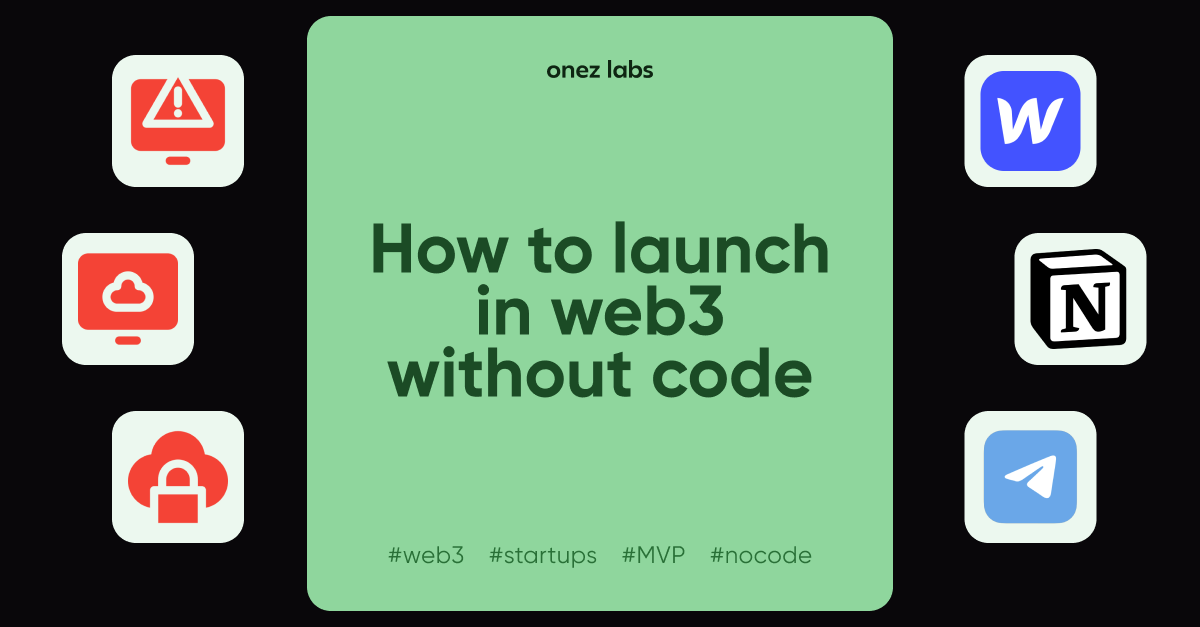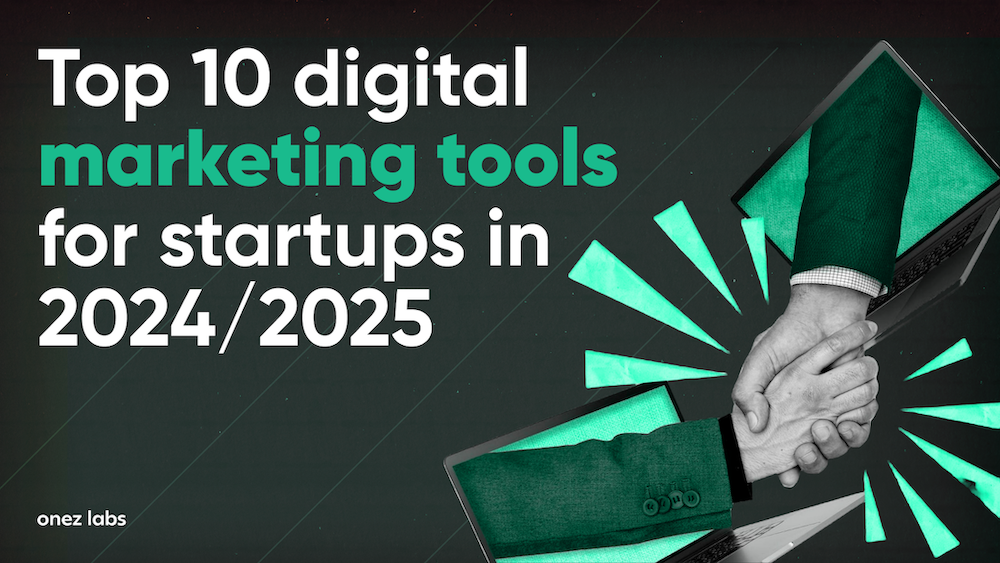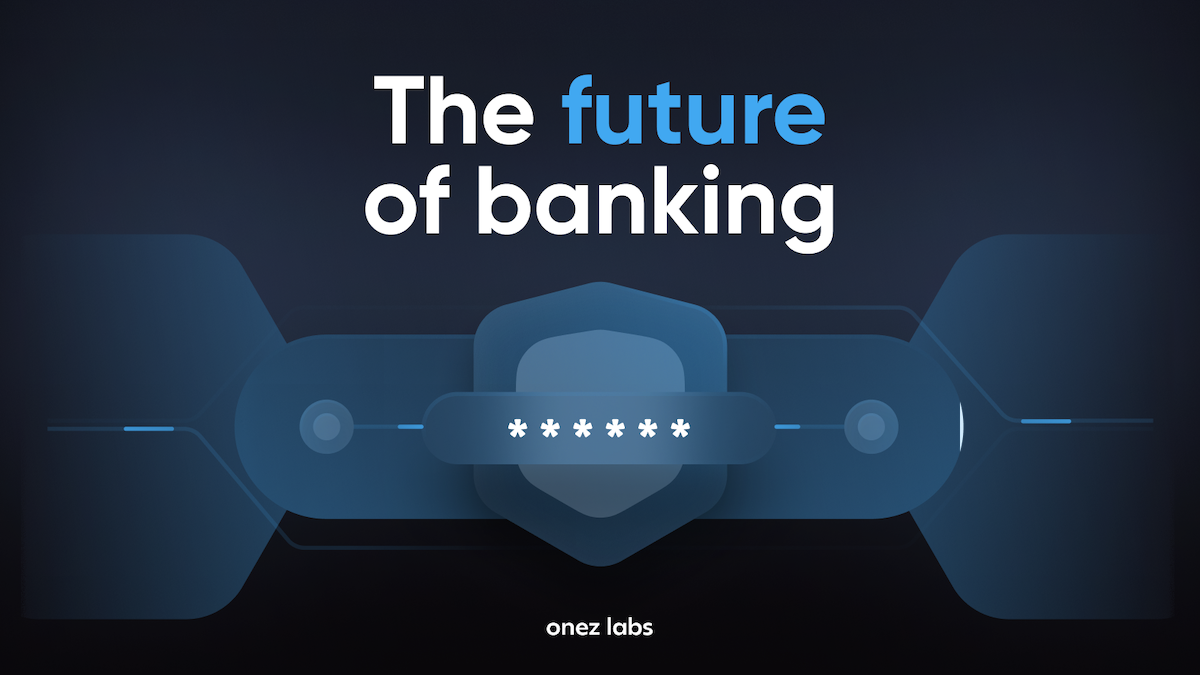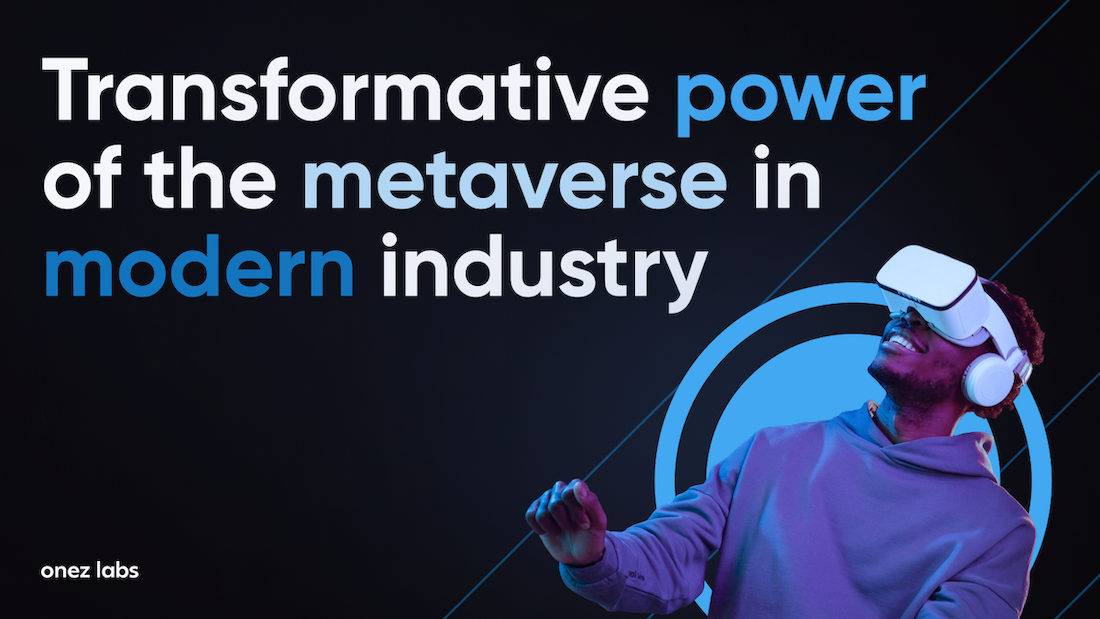Table of Contents
- The rise of the product-first founders: A new era in Web3
- Why most Web3 MVPs fail — And what nobody tells founders early enough
- The stack you actually need — Tools, Tactics, and Tradeoffs in 2025
- Case in point: From Zero to working MVP in 21 Days
- Final thoughts: Resourcefulness > Resources
- Frequently Asked Questions
The rise of the product-first founders: A new era in Web3
Think back to 2019. Launching a Web3 project then wasn’t just a product sprint — it was like assembling a space shuttle blindfolded. You needed a Solidity magician to tame the EVM, a full-stack wizard versed in cryptic repo structures, an AWS whisperer who could conjure infrastructure from YAML files, and a support angel with saint-like patience to explain why MetaMask had vanished yet again.
It was messy.
It was costly.
It was heroic — and often tragic.
Back then, this complexity wasn’t a flaw. It was simply how things were. Web3 was an untamed wilderness: no standards, no reliable SDKs, no common UX patterns. Just a raw frontier where the only rule was “build fast and pray your contracts don’t get rekt.”
And yet, from this chaos emerged something essential: a myth.
The myth that launching in Web3 requires deep technical expertise. That great products must begin with great engineers. That delivering value means shipping code.
Fast forward to 2025 — and that myth is cracking.
Why most Web3 MVPs fail — And what nobody tells founders early enough
It’s a quiet tragedy, repeated in hundreds of Discord servers and dev chats: a team ships a “minimal” product after six months of building, with custom smart contracts, pixel-perfect UI, and tokenomics designed by a former McKinsey consultant.
And then? Nothing. No sign-ups. No traction. No feedback — just the hollow echo of a landing page visit. It didn’t fail because of code. It failed because of the question it never asked. An MVP is not a product. It’s not a tool. It’s not a launchpad for hype.
It’s a test.
A question in product form. Something that asks the user: “Would you care enough to do this — right now — without me convincing you?”
But most MVPs in Web3 aren’t tests. They’re showcases. They’re built to impress investors, not users.
They’re designed to say “look what we can do,” not “here’s what we’ve learned.”
And the moment you shift from exploration to exhibition — you’ve lost.
Five fatal MVP flaws we see (over and over again)
These aren’t theories. These are patterns — gathered from 50+ projects we’ve seen firsthand.
| Failure mode | What it looks like | What it means |
|---|---|---|
| Overbuilding | Too many features in V1 | Founder is scared to focus |
| No feedback loop | Waiting for audits, mainnet, or investors before showing users | You’re optimizing for safety, not learning |
| Abstract value | Product solves for “Web3 vision” but not a real pain | Solution in search of a problem |
| Token obsession | Utility token design before user activity | Cart before horse. Economics without behavior. |
| Passive surfaces | MVP is just a deck, a whitepaper, or a static site | No user action = no data = no learning |
If your MVP can’t fail, it can’t teach you anything.
A better question: What’s the minimum learning vehicle?
That’s what you’re actually building. Not a Minimum Viable Product. A Minimum Learning Vehicle. Something that:
- Can be interacted with
- Captures data (explicit or implicit)
- Tells you if your hypothesis is dead
Instead of a feature list, ask yourself:
“What am I trying to find out?”
And: “What’s the fastest way to get that answer from a real user?”
This shift — from building to discovering — is what separates great founders from code tourists.
Field-Tested: Our 5-Point Launch Litmus
Before we help launch anything, we ask these five:
- Is there a single core action we want the user to take?
- Can they do it without a founder sitting next to them?
- Can we collect what they did or didn’t do?
- Can we launch it in under 30 days?
- Can it be killed in 1 day if it’s wrong?
If we can’t answer yes to all five — we’re still too early.
The stack you actually need — Tools, Tactics, and Tradeoffs in 2025
There’s a moment — usually around week two of building — when every first-time Web3 founder stares at a Figma wireframe and wonders: “Should I be hiring a Solidity dev right now?”
The answer, 90% of the time, is: no.
What you should be doing is assembling your startup like a hacker assembles a mixtape — pulling from existing parts, stitching together insights, and getting to a working demo before your coffee goes cold.
In 2025, the smartest builders are not coders. They’re composers. They know the instruments. But more importantly — they know which not to play.
We’ve worked with dozens of early-stage founders. Here’s what their real stack looks like:
Your MVP orchestra — What you actually need
| Function | Tools we recommend |
|---|---|
| Wallet integration | Onez White-Label Wallet, RainbowKit |
| Smart contract logic | ThirdWeb, OpenZeppelin Contracts |
| Frontend | Webflow, Framer, Retool |
| Backend | Supabase, Firebase, Airtable |
| Feedback & iteration | Tally, Notion, Telegram |
We’re not talking about makeshift tools. These are the same stacks used by top accelerators and YC-backed teams.
Build, buy or borrow? Here’s the real matrix
Forget the ego-driven dichotomy of “in-house vs outsourced.” The real question is: How much are you trying to learn — and how fast?
| Strategy | Cost | Speed | Risk | Best Used For |
|---|---|---|---|---|
| Build | $$$$$ | Slow | High | Custom infra, protocols, unique logic |
| Buy (SDK) | $$ | Fast | Low | Validating product-market fit |
| Borrow | $ | Instant | Low | Pre-demo, community testing, traction |
A note on the Wallet layer
The wallet is the first real point of contact between your product and crypto reality. If that touchpoint sucks — everything else falls apart. That’s why most of our MVPs start with a white-label wallet from Onez:
- Fully functional from day one
- Customizable interface and flow
- Battle-tested for onboarding and security
Nobody cares what wallet your user logs in with — until they can’t. So give them something that just works. And move on to what matters.
Case in point: From Zero to working MVP in 21 Days
Every startup has a moment when it either becomes real — or disappears into pitch-deck purgatory.
One of our most surprising projects started with a single Telegram message: “Can we get a working Web3 wallet live in three weeks?”
The founder was sharp. Experienced in fintech. Had a clear thesis: mobile-first crypto adoption in emerging markets is under-served. But he had no dev team, no product, no solidity repo. Just an insight, a deck, and urgency.
We said yes — on one condition: we don’t build for him. We build with him.
Day 1: Map the outcome
Instead of starting with features, we started with outcomes. What should the user be able to do — and feel — after onboarding? Answer: onboard without confusion, send stablecoins, and track simple savings goals. No jargon. No wallet-switching.
Day 4: Assemble the MVP
We used:
- Onez White-Label Wallet for the interface layer and core wallet logic
- Airtable
- Webflow for landing and onboarding flow
- Tally Forms for async feedback capture
The entire clickable flow was built in days — not months.
Day 12: Test with Real Users
He invited 12 users from his Telegram group. 7 completed onboarding. 5 sent a transaction. 3 replied with questions we hadn’t anticipated — gold for iteration.
Day 21: Demo Ready
With 3 updated flows, a narrative built from real friction, and working wallet UI — he demoed to investors.
What Happened Next
- 21 days from “I have an idea” to “here’s the link”
- 1 founder, 0 engineers, 1 working wallet
- Seed discussions with a LATAM-based crypto VC
No stealth. No alpha list. Just clarity and motion.
If you can’t show what your product does in under 30 seconds — it doesn’t exist yet.
This case is anonymized under NDA, but it’s not unique. We’ve seen variations of this same story play out again and again. When founders start with users, use composable tools, and commit to learning — things move.
Final thoughts: Resourcefulness > Resources
There’s a myth that haunts new founders: that without engineers, you can’t build anything real. But here’s the truth we’ve seen — again and again:
The strongest early products aren’t built by the best coders. They’re built by the clearest thinkers.
Web3 is noisy. It’s full of complexity for the sake of complexity. But clarity is still undefeated. You don’t need to raise before you build. You don’t need to build before you test. You don’t need a team before you have a truth.
What you need is:
- A sharp insight
- A focused use case
- The humility to test fast
- The wisdom to not overbuild
And when you have those — you can move faster than teams 5x your size.
Your founder flight-check (Print this)
Before you ship anything, ask:
- Who is this for — and when will they use it?
- What do I need to know — that this can prove?
- What can I remove to get the answer faster?
- Have I invited real people to try it — this week?
- Is there a loop — or is this a one-time launch?
Onez Labs can help
We’ve helped dozens of early-stage founders go from idea to traction:
- White-label wallet solutions (ready in days)
- Web3 onboarding UX that works
- Fast iteration loops with real users
If you’re serious about shipping your MVP:
Frequently Asked Questions
Do I really need a technical co-founder to start a Web3 project?
No, not initially. With modern no-code and low-code tools, you can validate your idea and build an MVP without a technical team. However, as your project grows and requires custom features, you may want to bring technical expertise on board.
How much does it cost to launch an MVP using these tools?
The cost varies depending on the tools you choose, but typically ranges from $50-500/month for basic infrastructure. This is significantly less than hiring a development team, which could cost $20,000+ per month.
How long does it take to get a working prototype?
With the right tools and focused effort, you can have a working prototype in 2-4 weeks. As demonstrated in our case study, even a functional wallet MVP can be built in 21 days.
What are the main risks of using no-code tools for Web3?
The main risks include:
- Limited customization options
- Dependency on third-party services
- Potential scaling challenges
However, these risks are often outweighed by the benefits of faster market validation and reduced initial investment.
When should I transition from no-code to custom development?
Consider transitioning when:
- You have validated product-market fit
- Your user base is growing rapidly
- You need custom features that no-code tools can’t provide
- You have the resources to maintain a custom codebase
What about security? Is it safe to use these tools?
Most recommended tools are battle-tested and security-audited. However, always do due diligence, start with small deployments, and gradually scale as you build confidence in the infrastructure.



